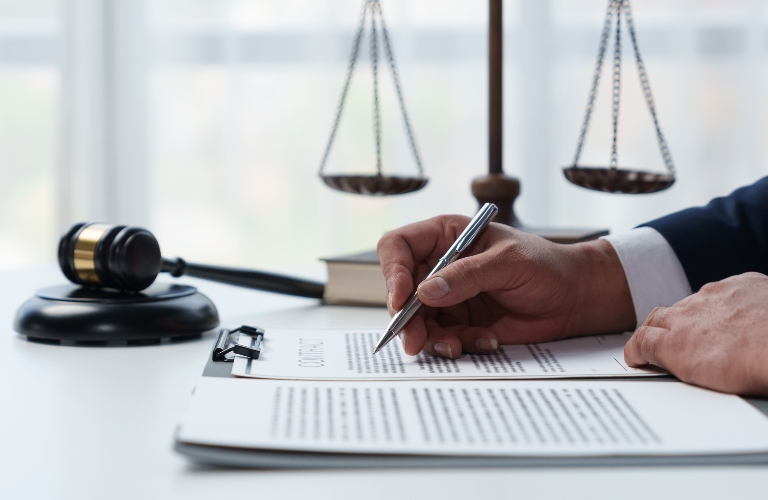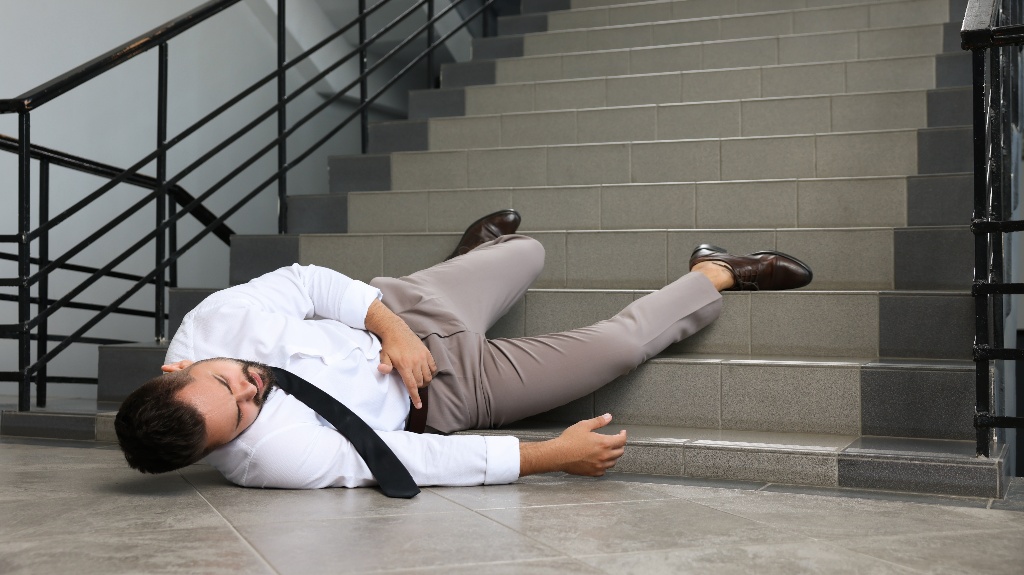You may have a slip and fall case when you lose your footing due to a dangerous condition on the ground on someone else’s property. However, just because you’ve had a slip and fall accident doesn’t automatically entitle you to a financial recovery from another party. Understanding what it takes to prove fault or liability for a slip and fall accident in New York can help you pursue a legal claim that recovers the compensation you need and deserve.
Legal Standards for Slip and Fall Claims in New York
Under New York law, property owners owe a duty to maintain their premises in a reasonably safe condition for lawful visitors. The legal standard for proving fault in a slip and fall claim requires an injured party to prove that a dangerous condition existed on another party’s property, such as a puddle of water or patch of ice, and that condition caused the injured party to slip and fall. However, holding a property owner or occupier at fault for the accident also requires proving that they breached a duty of care. The duty of care owed to a visitor can depend on the visitor’s legal status. For visitors that a property owner invites onto the premises, such as a business inviting customers to patronize it, a property owner must regularly inspect the premises to identify hazards that could injure visitors and either remedy them or warn of their presence. For visitors who have permission to enter a property, such as a door-to-door salesperson, a property owner may only owe a duty to remedy or warn of hazards the owner knows about.
Types of Evidence Used to Prove Fault
Proving fault in a slip and fall claim in New York will require various kinds of evidence, such as:
- Photographs of the accident scene
- Surveillance footage from before and during the accident
- Eyewitness statements
- Accident or incident reports drafted by a property or business owner
- Property maintenance or repair records showing when inspections occurred, what repairs took place, or when the property or business owner undertook regular or required maintenance (such as treating snow and ice)
- Medical records of the injured victim’s treatment and rehabilitation
Notice Requirement: Actual vs. Constructive Knowledge
Fault in a slip and fall accident case can depend on whether a property or business owner had actual or constructive knowledge of the hazard that caused the injured party’s fall. Actual knowledge means a property owner knew about the hazard, either by observing it or having a third party tell the owner about it. However, a property owner can have constructive knowledge of a hazard when it has existed long enough for the owner to have discovered it through a reasonably diligent inspection.

Comparative Negligence in New York
Determining liability for a slip and fall accident in New York can also depend on the application of the comparative negligence rule. New York follows a pure comparative negligence rule. Under this rule, an injured party can still pursue an accident claim even if they share some of the fault for the accident. However, any percentage of fault that an injured party bears for the accident can reduce their financial recovery by the same amount. Thus, a person who contributes to their slip and fall accident, such as by running across a hazardous surface, may bear some fault under the comparative negligence doctrine.
Contact a Slip and Fall Accident Attorney Today
After getting hurt in a slip and fall accident on someone else’s property, hiring experienced legal counsel can help you hold those at fault for your injuries accountable for your harm and loss. Contact McCann Legal, PC today for a free, no-obligation consultation with a knowledgeable personal injury lawyer to learn more about the process of proving liability in your slip and fall case in New York.


